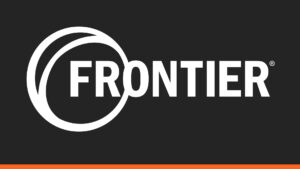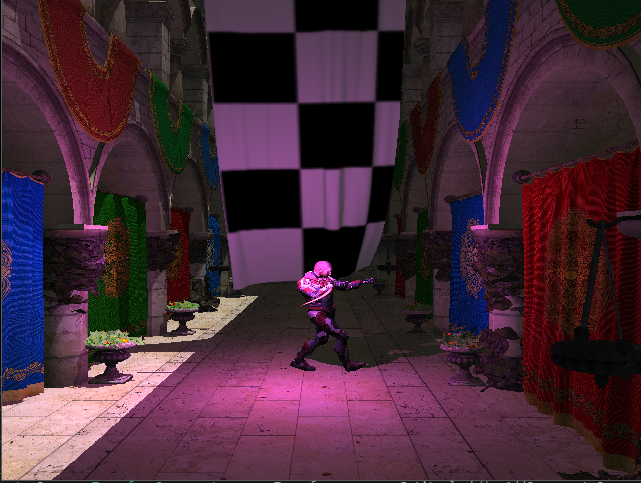Wisp Renderer
What is the Wisp Renderer:
The Wisp Renderer is a combined hybrid ray-tracer and Maya viewport plugin build using DXR. The idea behind the system is to give artists working with maya a way to see the effect of their changes in real-time, and includes both a material visualizer using a deferred renderer as well as a hybrid ray-tracer for getting an idea of the final render.
Project scope:
The project took us the entire school year, and we worked on it with 9 people (11 at the start). In total it took us about 32 weeks, of which 8 were spend coming up with the concept, as well as doing research on ray-tracing.
My own contributions:
My main contributions to this project were the GPU-side memory managers, the model manager and the various denoisers used for the ray-tracing effects.
What I've learned:
I've learned a lot about working in projects with larger scopes, as well as proper system design, using source control and proper research techniques.
I've also gained more experience in interpreting research documents.
Want to test the plugin?
To find the plugin you can use the button to the right to go to our project's github page.
Want to see more of my work?
Use the button on the right to go back to the top.
Year 2 Engine
What is the Year 2 Engine:
The year 2 engine was a project we did during the third quarter of the year back in year 2. The idea behind it was to create a sandbox for bots to play Capture The Flag games in, where the user would be able to design the bots' behavior. The ai scripting tools weren't fully finished in the end, but the rest of the engine was, and includes a full lighting system, animated models, resource managers and a basic entity component system.
Project scope:
The project took us 7.5 weeks, and we worked on it with 8 people. Of those 8 I was the only one who worked on the renderer though, though one of the engine programmers did take care of part of the resource loading code.
My own contributions:
My main contribution was the Vulkan renderer used by the engine. The renderer included a phong shading based lighting model, stencil shadows and gpu-based skeletal animations.
What I've learned:
I've learned a lot about the different core Vulkan systems, as well as a number of core graphics programming techniques like lighting, shadows and skeletal animations. I also learned to keep a better eye on project scope.
Want to test the plugin?
To find the plugin you can use the button to the right to go to our project's github page.
Want to see more of my work?
Use the button on the right to go back to the top.
Frontier Internship
Internship details:
This was my year four internship, working as a graphics programmer at Frontier Developments in the UK for a period of 40 weeks.
My own contributions:
My main contribution was fixing graphics bugs on the console port of Planet Coaster, as well as porting certain shaders, working in c++ and Frontier's shader dialect.
What I've learned:
I've learned a lot about working for an actual company, and working with already existing systems. I've also learned about certain more complex aspects of gpu architectures, and how that impacts optimization, as well as debugging using RenderDoc and PIX.
Want to see more of my work?
Use the button on the right to go back to the top.



